
SUBARU B9 TRIBECA (2006-09)
The SUBARU B9 TRIBECA (2006-09) is a versatile SUV that appeals to families and active drivers seeking a spacious and reliable vehicle. Known for its distinctive design and practical features, this model offers plenty of room for passengers and cargo, making it ideal for everyday family life, outdoor adventures, or longer journeys. Its reputation for safety, reliability, and solid driving performance makes it a popular choice in the used car market, especially among those who value both comfort and practicality.
What sets the SUBARU B9 TRIBECA apart is its all-wheel-drive capability and user-friendly features, offering a confident driving experience across different terrains and weather conditions. Its notable build quality and reputation for longevity make it a competitive choice compared to other SUVs in its segment. Although it has seen an average of around four previous owners, the overall value and versatility of the B9 TRIBECA (2006-09) continue to appeal to drivers looking for a dependable family vehicle that combines safety, space, and Subaru’s hallmark rugged reliability.

average use
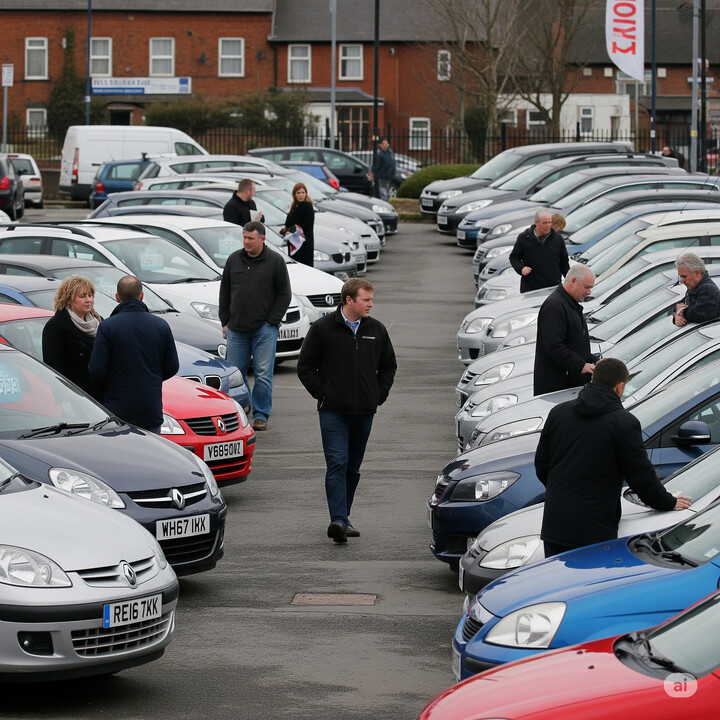
This dataset for most recent mileage recordings of Subaru B9 Tribeca (2006-09) vehicles shows that the majority of vehicles have mileages between 90,000 and 120,000 miles, accounting for over 38% of the sample. The most common mileage range is 90,000 to 100,000 miles at 15.5%, followed closely by 100,000 to 110,000 miles at 12.8%. Very high mileages are rare, with only a small percentage (about 2%) exceeding 180,000 miles, and an even smaller fraction (less than 1%) in the extremely high range of 200,000+ miles. Additionally, a notable portion (around 2%) are relatively low-mileage vehicles under 10,000 miles. Overall, most of these vehicles fall within the 80,000 to 130,000 mile range, indicating typical usage for this model age group.

vehicle values
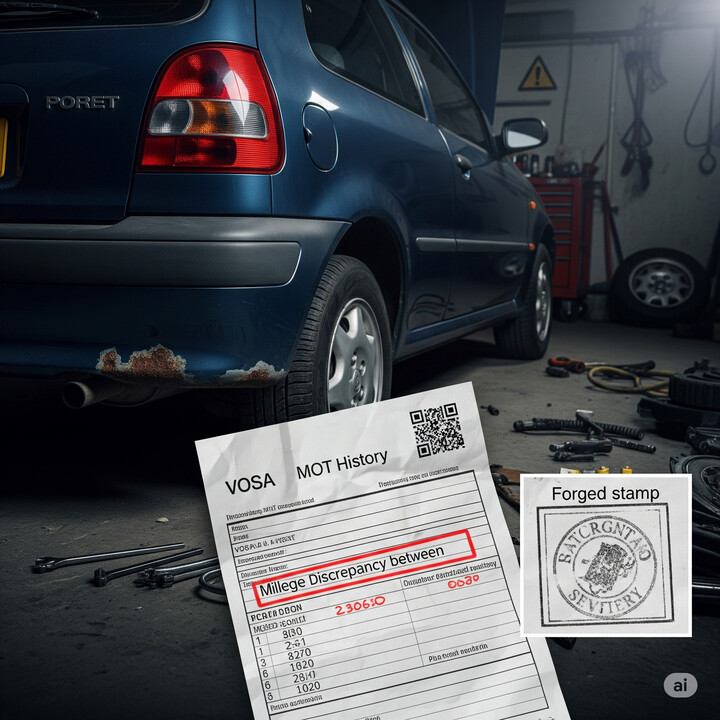
Based on the provided data for private sale valuations of the Subaru B9 Tribeca (2006-09) in the UK, the majority of vehicles are valued between £2,000 and £3,000, accounting for approximately 70.3% of private sales. A smaller proportion, around 19.6%, fall into the £1,000 to £2,000 range, while a very small percentage, 0.7%, are valued below £1,000. Additionally, about 9.5% of vehicles are estimated to be sold in the £3,000 to £4,000 bracket. This suggests that most privately sold Subaru B9 Tribecas are generally priced in the lower to mid-range, indicating a relatively consistent market value with a notable concentration in the £2,000 to £3,000 range.

production years
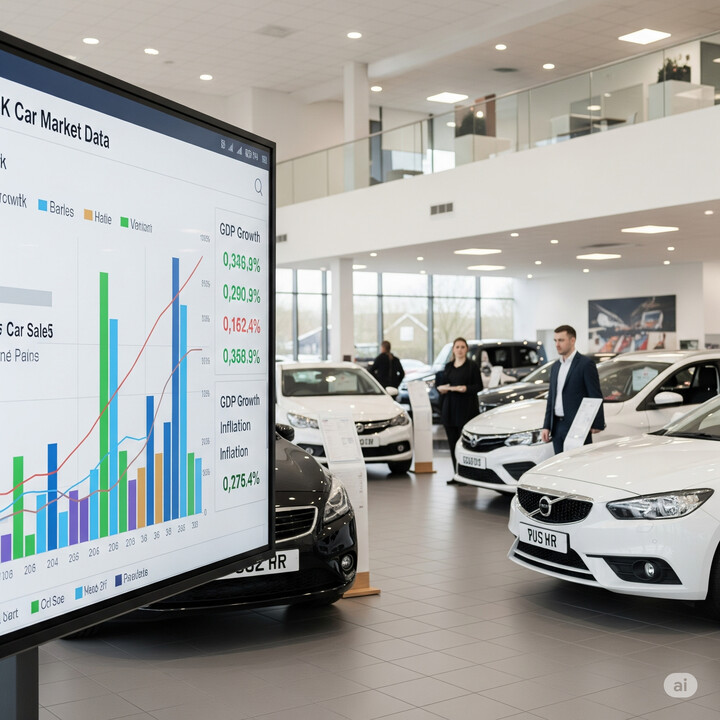
The data for Subaru B9 Tribeca vehicles manufactured between 2006 and 2009 indicates that the majority of these cars are from 2007 and 2008, accounting for approximately 41.9% and 34.5% respectively. Vehicles from 2006 make up about 23%, while a very small proportion, around 0.7%, are from 2009. This suggests that most of these models on the road are from the 2007-2008 period, with fewer from the initial release year of 2006 and very few from 2009.
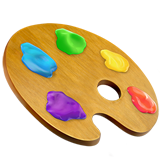
colour popularity
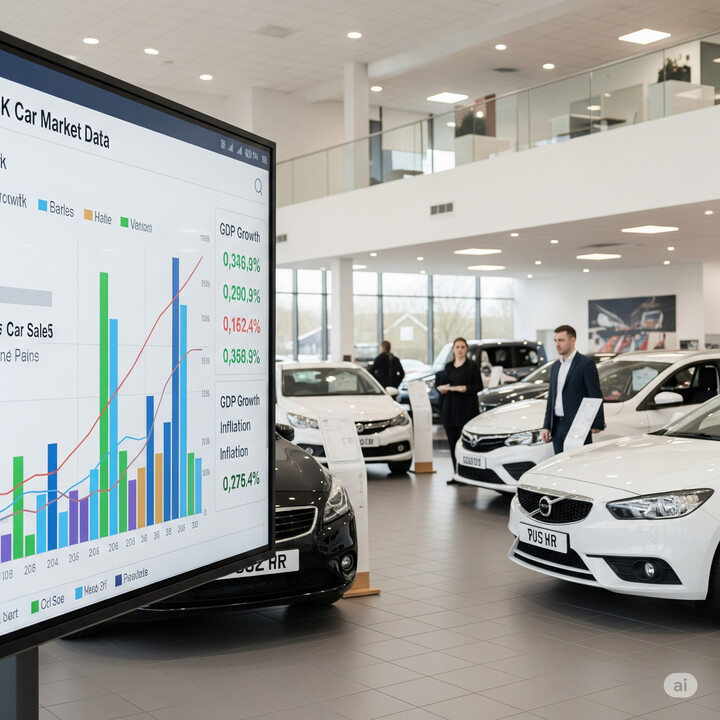
The data indicates that the most common main paint colour for Subaru B9 Tribeca vehicles (2006-09) is Silver, accounting for approximately 33.1% of the fleet. Grey and Black are also popular, representing 25% and 23% respectively, while Blue is less common at around 18.9%. Notably, Silver is the dominant colour, suggesting a preference for neutral, classic shades among these vehicles.

ownership cycle

The data shows that most Subaru B9 Tribeca (2006-09) vehicles have had between 4 and 6 registered keepers, with 25.7% having four keepers and 18.2% having five. Remarkably, the largest groups are those with four and six keepers, indicating these vehicles tend to change hands multiple times. Notably, a small percentage (0.7%) have had as many as 12 keepers, suggesting some vehicles have experienced numerous ownership changes. Overall, the distribution points to moderate vehicle turnover within this model's owner history.

engine choices

The data indicates that the Subaru B9 Tribeca (2006-09) models predominantly feature a 3.0-liter engine capacity, accounting for 100% of the sample. Regarding fuel type, the majority of vehicles (94.6%) are petrol-powered, with a small proportion (5.4%) being gas bi-fuel variants. This suggests that the region's market or manufacturing preferences favor petrol engines for this model, with very few opting for bi-fuel alternatives.












